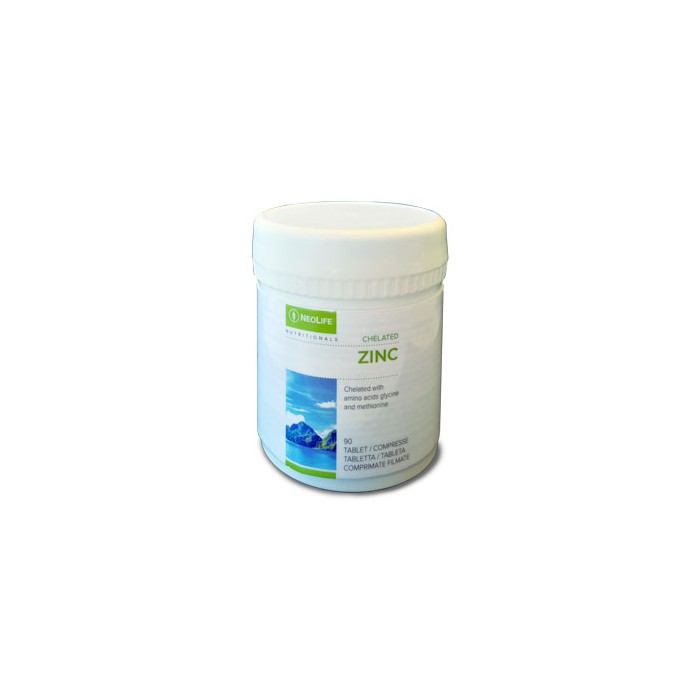|
close
|
Questo sito web utilizza cookie tecnici per assicurare una migliore esperienza di navigazione.
Oltre ai cookie di natura tecnica sono utilizzati anche cookie di terze parti.
Per saperne di più e conoscere i cookie utilizzati accedi alla pagina Cookie.
Cliccando su OK, scorrendo questa pagina o continuando la anavigazione su questo sito acconsenti all'installazione di tali cookie.
|
